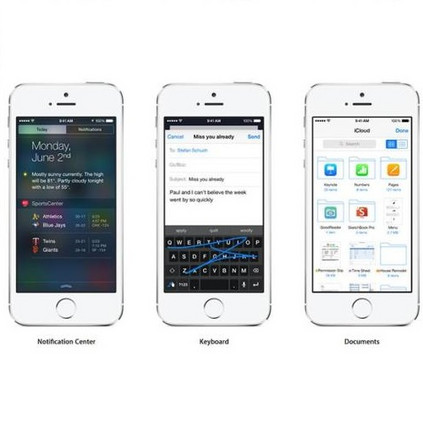Teaching an agent to navigate in an unseen 3D environment is a challenging task, even in the event of simulated environments. To generalize to unseen environments, an agent needs to be robust to low-level variations (e.g. color, texture, object changes), and also high-level variations (e.g. layout changes of the environment). To improve overall generalization, all types of variations in the environment have to be taken under consideration via different level of data augmentation steps. To this end, we propose House3D, a rich, extensible and efficient environment that contains 45,622 human-designed 3D scenes of visually realistic houses, ranging from single-room studios to multi-storied houses, equipped with a diverse set of fully labeled 3D objects, textures and scene layouts, based on the SUNCG dataset (Song et.al.). The diversity in House3D opens the door towards scene-level augmentation, while the label-rich nature of House3D enables us to inject pixel- & task-level augmentations such as domain randomization (Toubin et. al.) and multi-task training. Using a subset of houses in House3D, we show that reinforcement learning agents trained with an enhancement of different levels of augmentations perform much better in unseen environments than our baselines with raw RGB input by over 8% in terms of navigation success rate. House3D is publicly available at http://github.com/facebookresearch/House3D.
翻译:即使在模拟环境的情况下,在隐蔽的 3D 环境中教学代理器也是一项艰巨的任务。 为了推广到不可见的环境, 代理器需要稳健到低层次的变异( 如颜色、 纹理、 对象变化), 以及高层次的变异( 如环境布局变化 ) 。 为了改进总体的概括化, 必须通过不同层次的数据增强步骤来考虑环境中所有类型的变异。 为此, 我们提议Hous3D 是一个丰富、 可扩展和有效的环境, 包含45,622个人类设计的3D 视觉现实房子的3D场景, 从单间工作室到多层的房屋, 装备了一整套全贴标签的 3D 对象, 以及基于 SUNCG 数据集( Song 和.al.) 的高级变异类型。 House3D 的多样性打开了场景级增强的大门, 而Hous lisheldel - 任务级的扩大, 例如域随机化( Toubin et. al) 和多层房屋的多层 3,, 展示了我们经培训过的搜索室的升级的升级的升级的系统, 水平。



